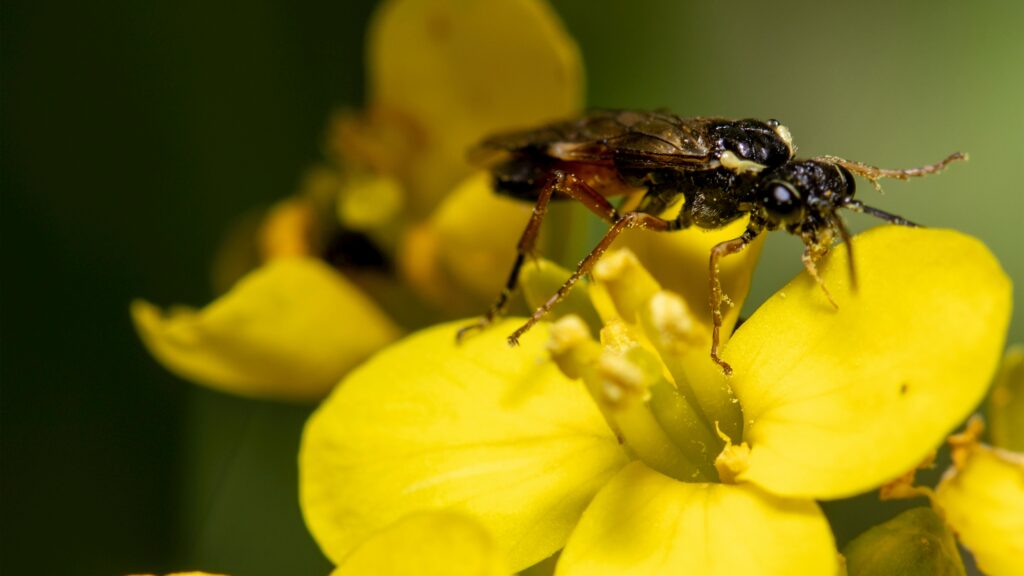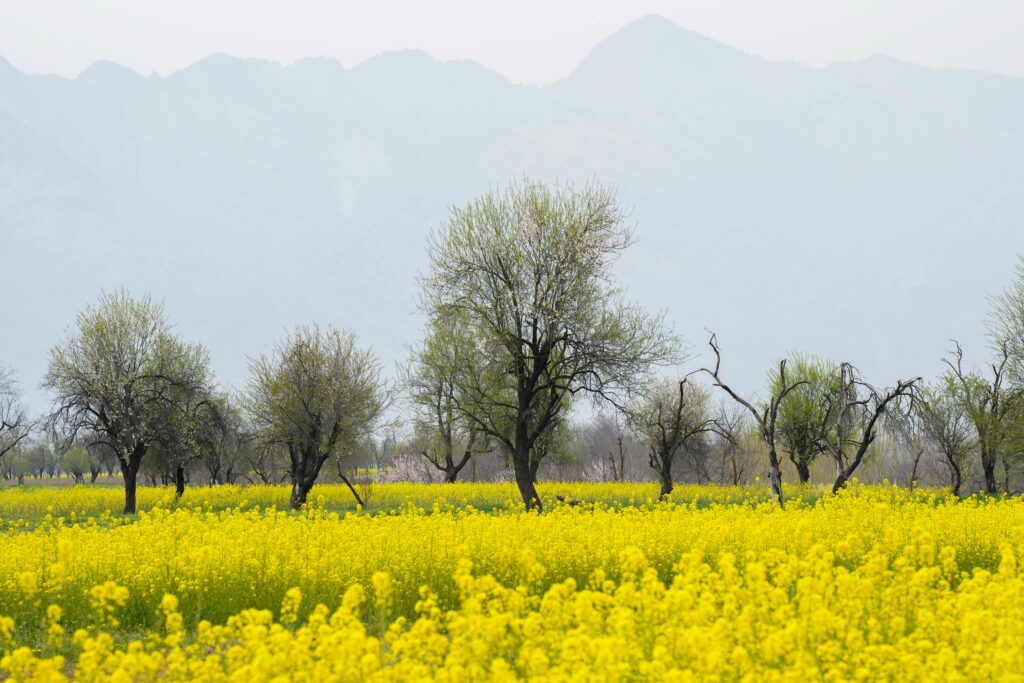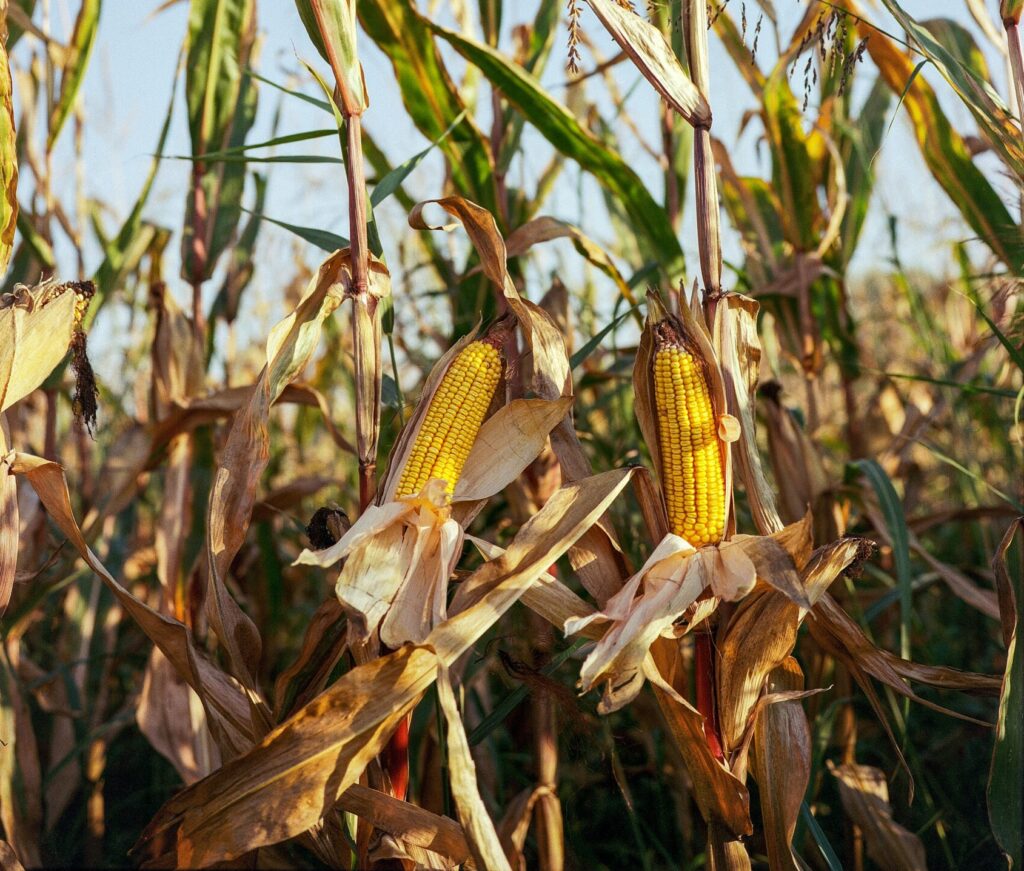Wheat is a resilient crop, but like all plants, it is vulnerable to various pests and diseases that can reduce yield and quality. Recognizing these threats and managing them effectively is essential for successful wheat cultivation. Here’s a guide to some of the most common pests and diseases affecting wheat crops and the best practices for managing them.
Common Pests in Wheat Cultivation
- Aphids
- Description: Aphids are small, soft-bodied insects that feed on plant sap, often clustering on wheat leaves and stems.
- Impact: They cause leaf yellowing, reduce photosynthesis, and can transmit plant viruses. Heavy infestations can stunt growth and reduce yields.
- Control: Natural predators like ladybugs and lacewings help keep aphid populations in check. In severe cases, insecticides or neem oil sprays may be used.
- Wheat Stem Sawfly
- Description: This pest lays eggs in the wheat stems, and the larvae feed on the internal stem tissue.
- Impact: Infestation can weaken stems, causing plants to lodge (bend or break), which complicates harvesting and reduces yield.
- Control: Crop rotation with non-host crops like legumes, combined with early planting, can reduce sawfly impact. Resistant wheat varieties also help control infestation.
- Armyworms
- Description: These caterpillars feed on leaves and can quickly strip wheat plants.
- Impact: Heavy feeding can defoliate plants, reducing photosynthesis and stunting growth, which severely impacts yield.
- Control: Monitoring fields, especially in early stages, and using biological controls like parasitic wasps can help. Insecticides may be necessary for large infestations.
- Hessian Fly
- Description: The Hessian fly lays eggs on wheat leaves, and the larvae feed on plant tissue.
- Impact: Infested plants may have stunted growth, weaker stems, and fewer tillers, resulting in reduced yield.
- Control: Using resistant wheat varieties and delaying planting until after the main fly breeding season can minimize infestations.
Common Diseases in Wheat Cultivation
- Rusts (Stem Rust, Leaf Rust, and Stripe Rust)
- Description: Rusts are fungal diseases that produce orange, yellow, or reddish-brown spores on wheat leaves and stems.
- Impact: Rust infections can cause premature leaf drop, reducing photosynthesis and weakening the plant. Severe cases can lead to major crop losses.
- Control: Resistant varieties are the most effective defense. Fungicide application can help, especially during warm and wet conditions, which encourage rust development.
- Powdery Mildew
- Description: This fungal disease appears as white or gray powdery patches on leaves, stems, and heads.
- Impact: Powdery mildew reduces photosynthesis, weakening the plant and decreasing yield. Dense planting and high humidity favor mildew development.
- Control: Fungicides are effective for severe infestations, and proper spacing between plants can improve airflow and reduce humidity, slowing the disease’s spread.
- Fusarium Head Blight (Scab)
- Description: Fusarium head blight causes bleached or pinkish spikes, primarily affecting the wheat head.
- Impact: This disease produces toxins in grains, reducing grain quality and making it unsafe for consumption.
- Control: Crop rotation, resistant varieties, and fungicide applications at early flowering stages can help control Fusarium head blight.
- Common Bunt (Stinking Smut)
- Description: Bunt is a fungal disease that replaces wheat kernels with foul-smelling black spores.
- Impact: Bunt contamination can render a crop unsuitable for market due to its odor and appearance.
- Control: Seed treatment with fungicides is a preventive measure. Cleaning and disinfecting equipment used for sowing and harvesting also help prevent spread.
- Septoria Leaf Blotch
- Description: This disease causes brownish, irregular lesions with black dots on leaves.
- Impact: Severe infections reduce photosynthetic area, decreasing yield potential.
- Control: Planting resistant varieties and using fungicides during wet conditions can control Septoria.
Integrated Pest and Disease Management (IPM)
Effective management combines cultural, biological, and chemical methods to control pests and diseases sustainably. Here are some IPM practices for wheat:
- Crop Rotation: Alternating wheat with non-host crops reduces pest and disease carryover.
- Field Monitoring: Regular inspections help detect early signs of pests and diseases, allowing for timely intervention.
- Proper Irrigation and Fertilization: Overwatering and excessive nitrogen application can promote fungal diseases.
- Use of Resistant Varieties: Choosing wheat varieties with resistance to common pests and diseases can greatly reduce infestations.
- Biological Controls: Encouraging beneficial insects like ladybugs, lacewings, and parasitic wasps helps control pest populations naturally.
Understanding the common pests and diseases that threaten wheat crops and implementing timely control measures is crucial for maintaining yield and quality. Integrated pest and disease management practices ensure that wheat crops remain healthy, contributing to a sustainable and productive harvest.
















